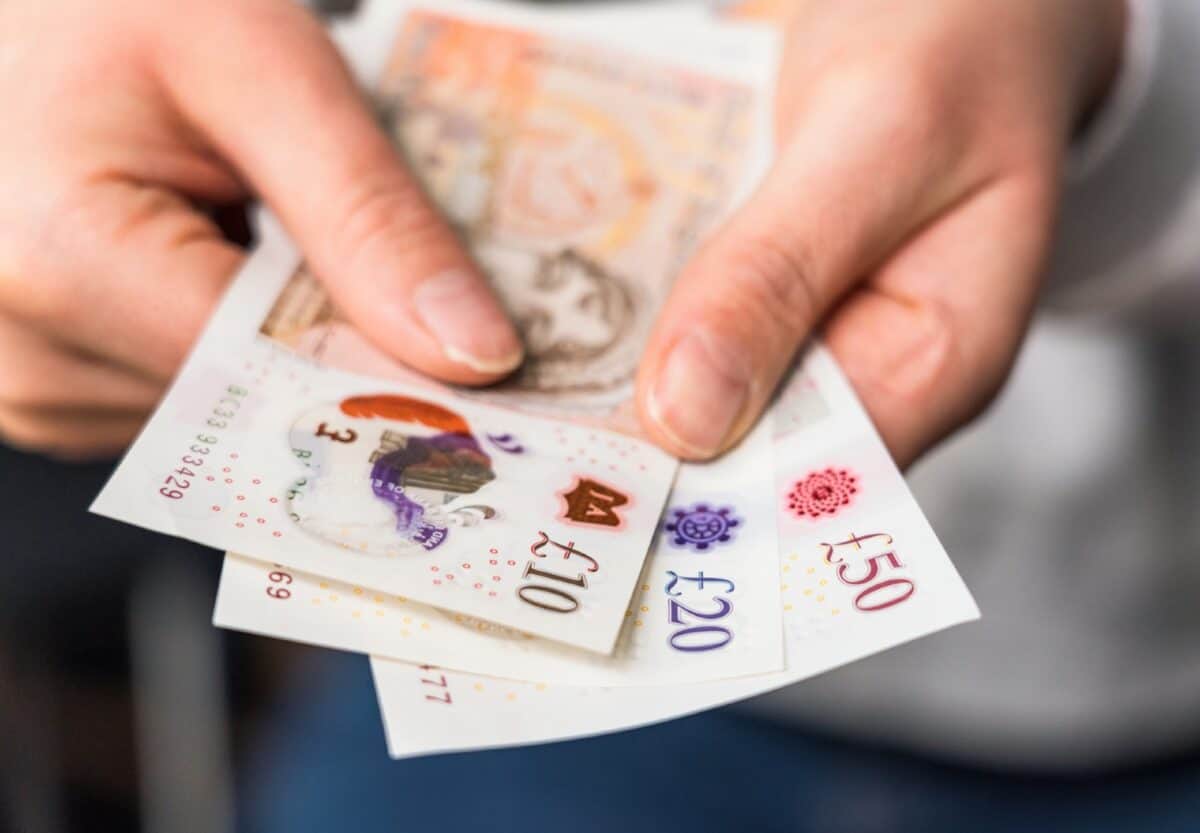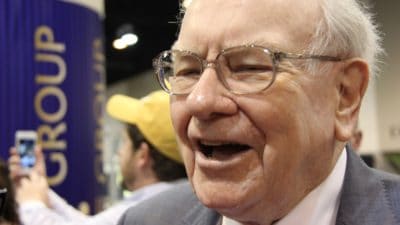Nowadays, my investing strategy is being tested. On one hand, I don’t wish to bet against America, so my family has huge exposure to the S&P 500 index. On the other, the FTSE 100 has rarely been so cheap, which appeals to my instincts as a value investor.
The Footsie falls far behind
In the recent past, there’s been no contest: the S&P 500 has absolutely thrashed the Footsie over all periods. Here’s how the two indexes have performed over five different timescales:
| Index | FTSE 100 | S&P 500 | S&P outperformance |
| One month | -1.6% | +5.4% | +7.0% |
| 2024 so far | -2.2% | +5.1% | +7.3% |
| Six months | -0.7% | +12.2% | +13.0% |
| One year | -4.4% | +22.8% | +27.3% |
| Five years | +4.5% | +80.6% | +76.1% |
My table shows that — ignoring cash dividends — the FTSE 100 has produced negative returns in four of these five periods. Over five years, its annual growth works out to less than 1% a year. Big whoop.
Meanwhile, the S&P 500 has stormed ahead, producing attractive returns over periods ranging from one month to five years. Over half a decade, it has trounced the Footsie by more than 76 percentage points. Wow.
Why buy British?
I’m delighted that the vast majority of my family wealth has backed America for the past decade and more. This approach has paid off handsomely, delivering life-changing sums.
That said, I’m increasingly nervous about the strength of this latest market rally. Since 27 October, the US index has leapt by 21.7%. To me, this looks to be too far, too fast.
Then again, history shows that record market highs are usually followed by more of the same, driven by momentum. Thus, I’m reluctant to reduce my exposure to the world’s largest economy, stock market, and companies.
However, the London market looks too undervalued for me to ignore. Right now, the FTSE 100 trades on a lowly multiple of 10.2 times earnings, producing an earnings yield of 9.8%. That’s very cheap, both in geographical and historical terms.
Nevertheless, British shares also looked cheap five and 10 years ago, with nothing much having changed since. But investing theory suggests buying cheap assets is one way to produce superior future returns. Hence, I’ll keeping buying UK stocks, while maintaining my US exposure.
One cheap UK stock
One undervalued British business I’d like to own more of is Barclays (LSE: BARC). The shares are down 25% over one year and 10.9% over five years (excluding dividends). As I write, the share price stands at 142.2p, valuing this group at under £21.6bn.
Following these price slides, Barclays shares trade on a bargain-basement multiple of 4.2 times earnings, delivering a bumper earnings yield of 23.6% a year.
This means that their market-beating dividend yield of 5.4% a year is covered nearly 4.4 times by trailing earnings. To me, this payout looks rock solid, with room for further uplifts.
Alas, the Blue Eagle bank has slipped up a few times in recent years and faces strong headwinds in 2024. I’ve no doubt that loan losses and bad debts will be higher this year, while credit growth will be weak.
Despite this, I’m happy to hold onto my Barclays shares for the long haul, not least for their chunky cash yield. Indeed, I’d buy more, had I investable cash to spare!








